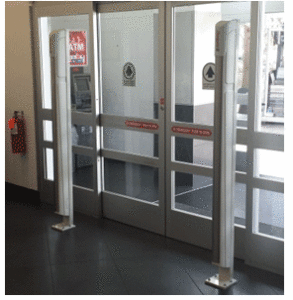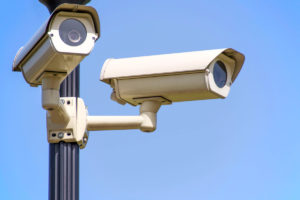Shoplifting prevention has for many years been done with the help of technology. From CCTV cameras that offer the loss prevention team clear pictures of the perpetrator, to radio frequency tags (RF tags) that are placed on high value items in the store and set alarm systems off if carried outside without paying. Now, stores can use facial recognition technology to help alleviate some of the shoplifting burden the loss prevention team faces every single day.
But, regardless of the technology a store uses, it is imperative for the owner or management of the store to inform their employees of the policies and procedures the store has in place regarding shoplifting. Death, lawsuits and bodily harm has occurred to countless of employees because they do not know, or do not adhere to the policies the store has in place regarding on how to approach a suspected shoplifter. Safety is paramount to the well being of employees, customers and the suspected shoplifter.
To read more about other topics about shoplifting, follow the links below.
Why hasn’t security technology put an end to shoplifting?
As the UK crime rate falls, there is one crime that is on the rise. Recent figures show that shoplifting has consistently grown by an annual 6% against a wider backdrop of reduced crime. This statistic is surprising considering the vast amount of time, money and effort that goes into developing anti-shoplifting technology. So why isn’t it working?
How does anti-shoplifting technology work?
The vast majority of retail stores are equipped with several high tech security measures. CCTV cameras are the most common. According to the College of Policing, CCTV is more effective as a method of gaining evidence to catch and convict a criminal than as a deterrent.
Many security camera providers provide monitoring services to ensure footage is captured and analysed as efficiently as possible. However, surveillance systems require careful planning; Banham Group, security experts with more than 90 years’ industry experience, advise that CCTV installation must include guidance, particularly on data protection laws and system legalities.
Loss Prevention Software and Data Analysis
The latest loss prevention software technology will help LP pros aggregate and analyze data into actionable information.
Data analysis is all about answering questions. To properly develop the questions, you must first identify your enterprise’s opportunities to increase profitability. Second, you need to identify the specific data needed to answer these questions. Finally, you must determine the tools and loss prevention software resources you can use to turn that data into actionable information to resolve the opportunities.
Develop the Questions. Increase in profitability is always the goal of any enterprise. Opportunities reside in breaking up organized retail crime (ORC) rings that are having a heavy impact on shrinkage and item availability across your business. Improving safety protocols to reduce internal and external injury claims would avoid payouts. Upgrading loss prevention software to improve workforce efficiency and productivity would result in reductions to labor cost centers. How do you resolve these opportunities? The specific questions can be limitless, but the answers are almost always contained in your data.
Manager loses job after video shows him choking woman
The manager of a west Charlotte beauty supply store has been terminated after cellphone video surfaced showing him kicking and choking a woman.
Sung Ho Lim was the manager of Missha Beauty. He said this all started when the woman in the video, who has not been identified, was confronted about stealing.
In the video, you can hear the woman tell Lim, “Check my bag. I don’t have anything.”
You then see the two shove each other, at which point Lim said, “You hit me.”
Moments later, Lim kicks the woman, knocks her to the ground and puts her in a choke hold. WBTV showed Lim the video, and he confirmed it is him, but he also said the part when she stole an item is not captured by this video.
“This is my fault,” Lim said. “I have to take the whole video and give it to the police.” Lim’s niece told WBTV that her uncle offered to quit his job, in the hope of taking a positive step to help the store.
He also agreed to meet the woman and apologize, but at last check, an initial meeting was delayed.
Employees told WBTV store surveillance video has been given to the Charlotte-Mecklenburg Police Department.

 Shoplifting affects everyone. As shoplifting and employee theft seem to be an unstoppable problem for the retail industry, researchers try to find different methods to prevent and combat shoplifting.
Shoplifting affects everyone. As shoplifting and employee theft seem to be an unstoppable problem for the retail industry, researchers try to find different methods to prevent and combat shoplifting.